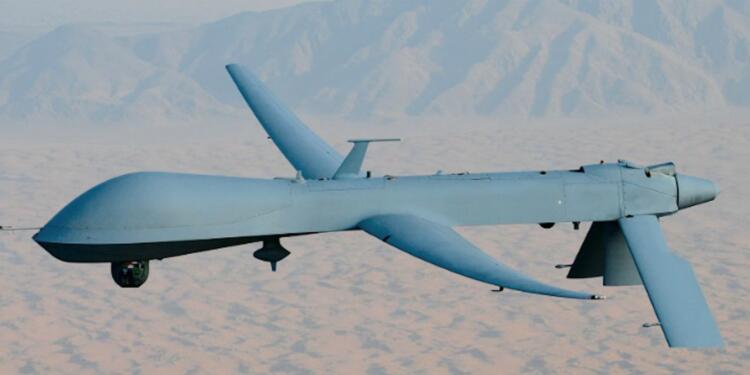This would essentially mean a nod in principle for the sale of 31 MQ-9B Predator drones from the US to India for about $3.99 billion. It is going to be a big decision on the part of India in terms of developing its defense mechanisms further. With this, clearances for two nuclear-powered attack submarines-SSNs have come on the indigenous development front.
This is one key piece in the Indian Defense Modernization Plan. The regional security tensions with China are slowly on the rise, and this deal is being asked to arrive at the critical moment.
General Atomics developed the MQ-9B Predator drones, long-duration surveillance missions and precision strikes. This can go as high as 40 hours operational ranges of the MQ-9B drones from land, sea, and air sides.
General Atomics has 16 Sky Guardians and 15 Sea Guardian variants. Fifteen would go to the Navy, eight taken by the Army, and eight bought by the Air Force. These will come to India so that it gets the best ISR capabilities for monitoring high-threat environments and for bringing in very well-targeted strikes.
Predator drones are equipped with advanced sensors, Hellfire missiles, GBU-39B precision-guided bombs, and high-fire rotary cannons. Due to their ability to fly up to 25,000 feet, their surveillance and precision strike over India’s current assets are much better.
The drones will automatically enhance the Indian Navy’s surveillance capability of maritime activity in this strategically important Indian Ocean, particularly in the wake of China’s ever-increasing presence in the region. The Indian government has even envisaged using these drones to track illicit maritime activities and foil China’s surveillance ships.
That is one component of the overall defense cooperation between India and the United States, deepening their strategic partnership. The purchase was facilitated by the US Foreign Military Sales program that accommodates all direct commercial sales as well as most defense transactions. Deepening trust between the two countries signals mutual security concerns, particularly in the Indo-Pacific region.
India has also sanctioned two indigenously designed indigenous nuclear-powered attack submarines that would boost India’s underwater deterrent capacity in relation to regional adversaries, especially China. The SSNs would significantly boost India’s power at sea because they can stay submerged much longer than the conventional diesel-electric submarines.
Altogether, this acquisition of luxury drones and subs presented the most crucial step in defense policy from India to the real power pool thus far in augmenting India’s military posture and ISR capabilities as well as its strategic advantage in the face of creeping regional challenges. The defense deal also underscored the defense partnership between India and the United States concerning all issues germane to peace and stability in the Indo-Pacific region.































